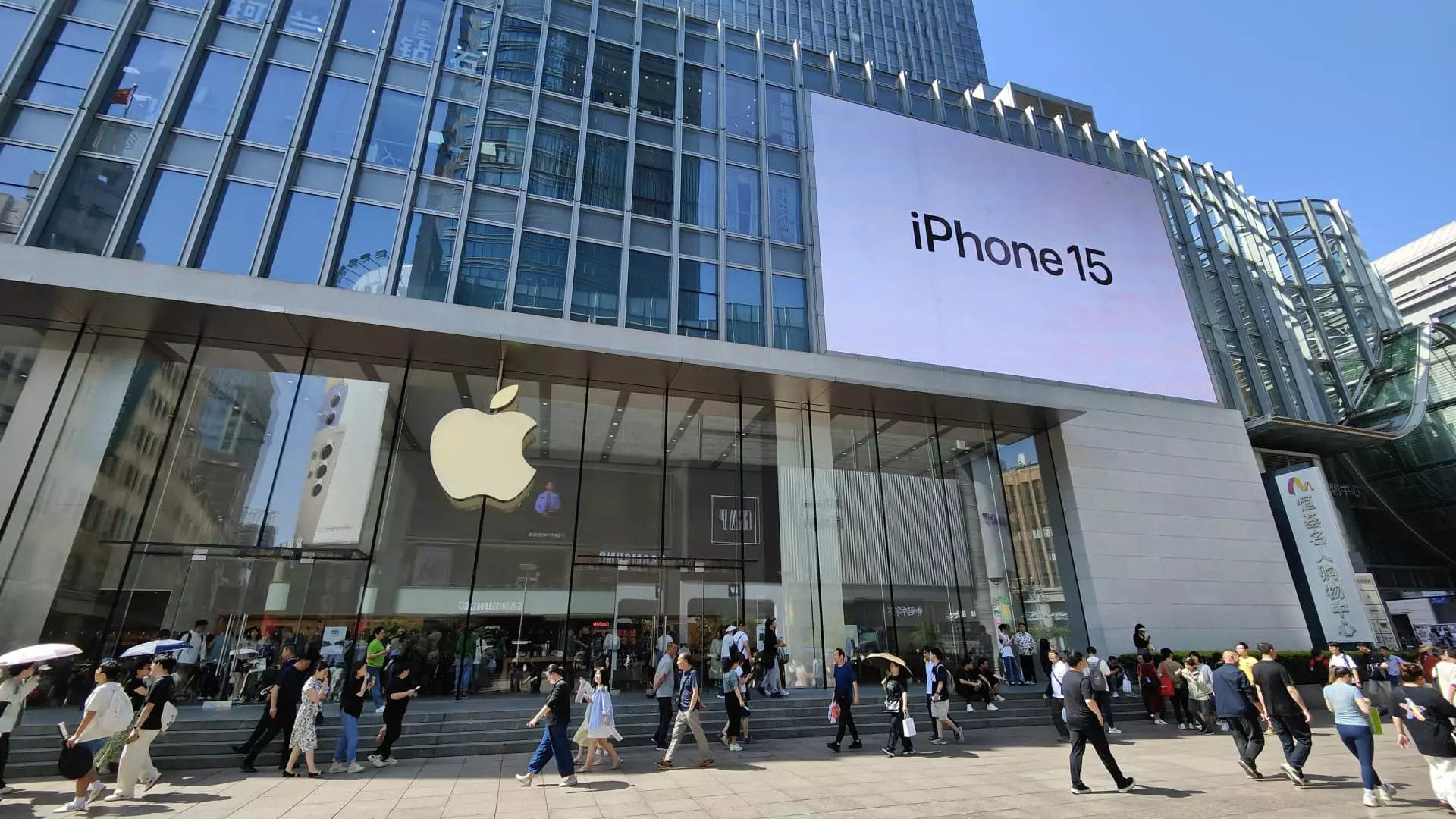In the second quarter, Apple faced tough competition in the Chinese smartphone market and was edged out of the top five vendors list. This was primarily due to the increasing dominance of domestic brands such as Huawei. Apple’s market share in China dropped to 14%, down from 15% in the first quarter and 16% in the same period the previous year. The iPhone maker, which held the third spot last year, fell to sixth place with approximately 9.7 million shipments.
According to research analyst Lucas Zhong, it was the first time in history that all the top five positions in the Chinese smartphone market were dominated by domestic vendors. The strategies employed by Chinese brands for high-end products and their close collaboration with local supply chains have been paying off in terms of hardware and software features. For instance, Honor’s latest Magic V3 device, which incorporates GenAI technology, has significantly improved the user experience of foldable devices.
Apple has been encountering a “bottleneck” in the Chinese market as it tries to maintain retail prices and safeguard the margins of its channel partners. As Chinese brands continue to integrate generative AI into their products, Canalys suggests that Apple should focus on localizing its Intelligence services in China over the next year to stay competitive.
During the April to June period, Vivo secured the top position with a 19% market share and 13.1 million units shipped, driven by strong sales both offline and online during the “618” e-commerce festival. Oppo retained second place with 11.3 million units shipped, thanks to the successful launch of its new Reno 12 series. Huawei spinoff Honor came in third with 10.7 million units shipped, marking a 4% year-on-year growth. Huawei followed in the fourth position with a 15% market share and 10.6 million shipments, experiencing a resurgence in its consumer business in China after the release of the Mate 60 smartphone. Xiaomi rounded off the top five list with its SU7 electric car generating buzz and contributing to strong sales of its K70 and flagship 14 series devices.
Despite Apple’s struggles, the Chinese smartphone market witnessed a 10% year-on-year growth in the second quarter, with total shipments exceeding 70 million units. This growth was driven by the innovative strategies and competitive offerings from domestic brands, highlighting the challenges faced by Apple in maintaining its position in the market.


Leave a Reply